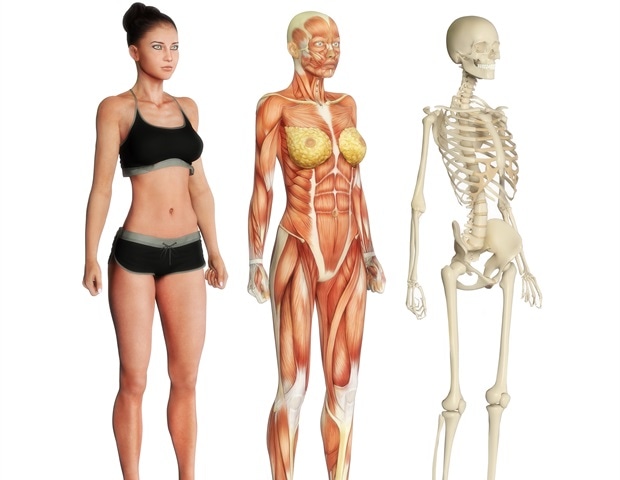
How, when and even whether to stretch before exercising is a hotly debated topic in the running community. New research out of University of Wisconsin-La Crosse finds that passive stretching before a run protected the vascular function of participants. The researchers will present their work this week at the American Physiology Summit, the flagship annual meeting of the American Physiological Society (APS), in Long Beach, California.
Intermittent passive stretching could be a useful technique to preserve blood vessel function after aerobic stress.”
Jacob Caldwell, PhD, Lead Author
Passive stretching, also called static stretching, involves holding a position for an extended period, usually with the aid of a tool-;such as a band or brace-;or a helper. In this study, 16 college-aged men and women participated in either a stretching group or a sham-stretch control group. The participants in the stretching group placed their foot in a splint to stretch their calf for five minutes, then rested for five minutes. They repeated this sequence four times.
Then, the participants ran at 65% of their maximum effort for 30 minutes. Researchers measured their blood vessel function before and after exercise.
After exercise, the control group showed a significant reduction in their bodies’ ability to restore oxygen in tissues after a temporary restriction, while the stretching group was able to restore tissue oxygenation at levels comparable to their pre-exercise results. Similarly, the stretching group’s blood vessels were better able to widen in response to increased blood flow than those of the control group.
Although more research is needed, “intermittent passive stretch is easy to perform, cost friendly and [is a] powerful tool that should be considered by individuals aiming to improve their blood vessel health or protect them from exercise stress,” said lead author Jacob Caldwell, PhD.


